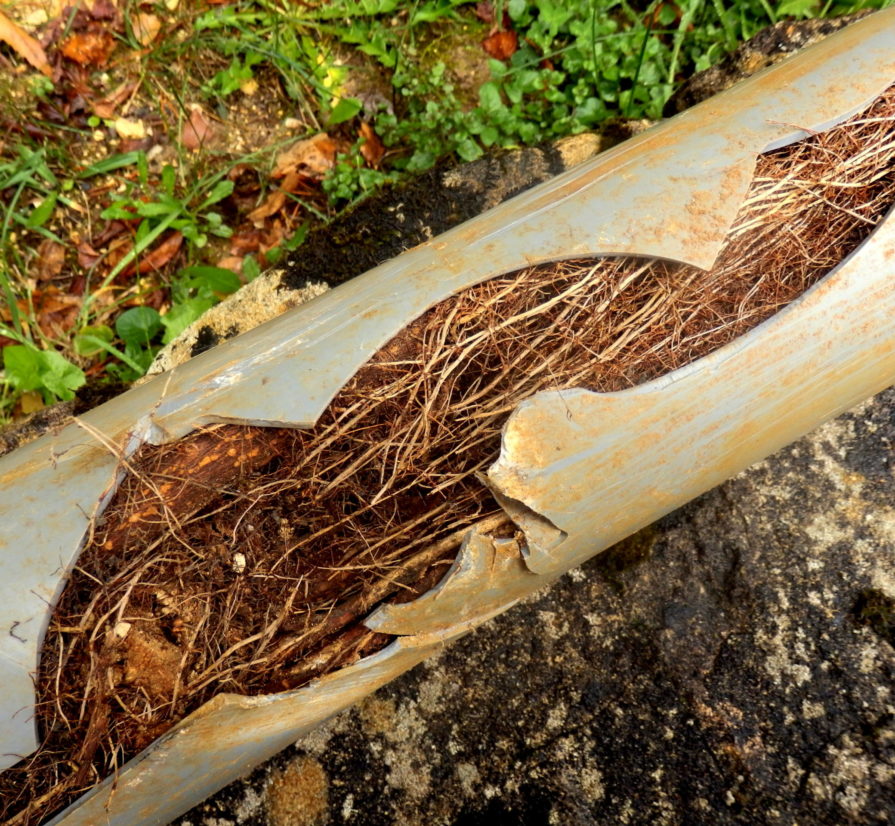
Having a sewer clog is not something anybody wants to happen in their home. Knowing what a clog looks like, what to do if there is a clog and how to prevent one from happening in the first place are good things to know to save you time and money.
What Does a Clog Look Like?
A sewer line clog can be hard to identify at first, but it can cause extreme damage to the inside of a home. A sewer line helps transport waste from your house to the sewers underground. You probably don’t think about your sewer lines unless you have a clog in your home. One of the most common indicators of a backed-up sewer line is a clogged toilet or a clogged drain. When there is an issue with a sewer line, you will hear a type of “gurgling” sound. There are two types of sewage problems in a home:
- Sewer main lines: If there is an issue with the main lines, any appliance you run will have issues with one another.
- Secondary lines: If there is an issue with a secondary line, the problem will stay contained.
The most common sources of the clog are feminine hygiene products, “flushable” wipes, paper towels and other foreign objects being flushed down the toilet that aren’t supposed to be flushed.
Tree roots can also cause a sewer clog in a home. This is more typical of an older home compared to a new home. Tree roots can break down drains and crush older pipes.
What to Do if I Have a Sewer Clog?
When you suspect you have a clogged sewer, it’s best to shut off the water at either the source or at the main – dependent on the type of problem. If you have access to the sewage cleanup line, you can remove its cleanup cap to send water outside of the house and clean the line. It’s also best to contact a professional to prevent any further damage from being done to the home.
How to Prevent a Sewage Clog
To prevent a sewage clog from happening, it’s essential to be aware of ways to protect your sewage line.
- Clean your drains: It’s important to keep your pipes clean. You can do this once a month with an enzyme cleaner. This type of cleaner is much better for the environment than a chemical-based cleaner.
- Be aware of trees or bushes near your sewer line: Making sure you prevent tree roots from damaging your pipes is a great way to make sure that you won’t have any sewage issues.
- Replace pipes: If you live in an older house, it’s more likely you have clay or lead pipes. Getting these kinds of pipes replaced will reduce the chances of getting a clog.
- Be aware of what you are flushing. Flushing anything down the toilet other than toilet paper can clog your pipes.
For all of your plumbing needs, give Mr. Plumber a call. Check out our services tab to learn more about all that we have to offer!

